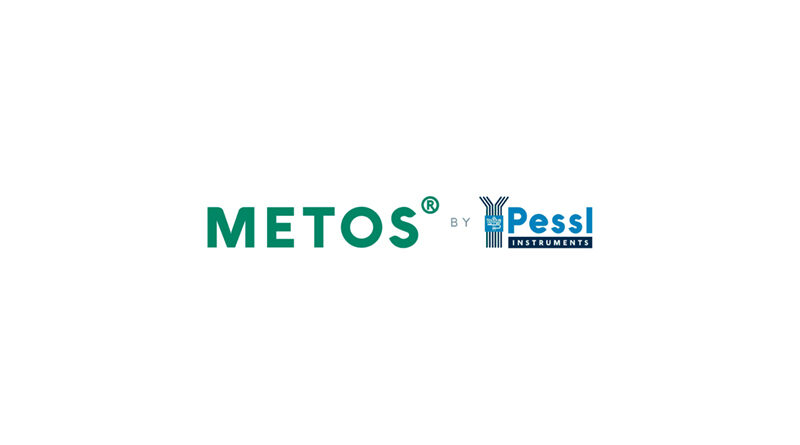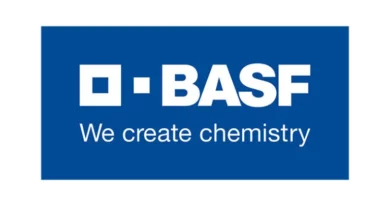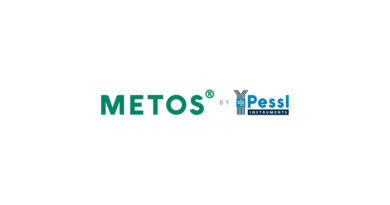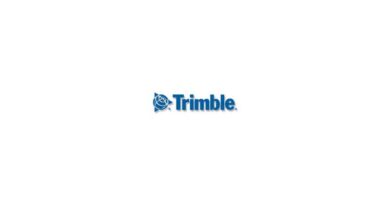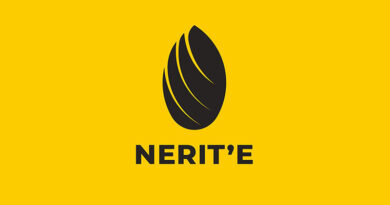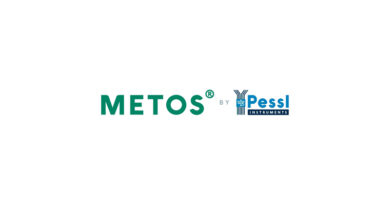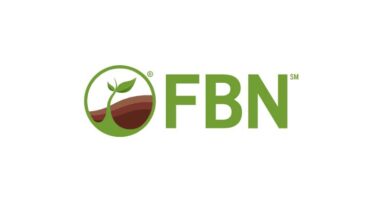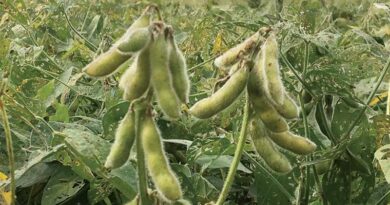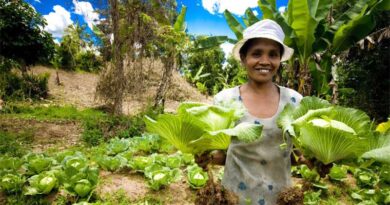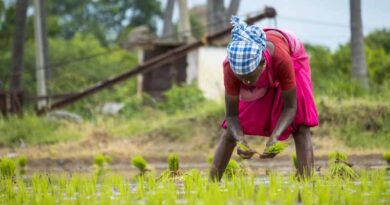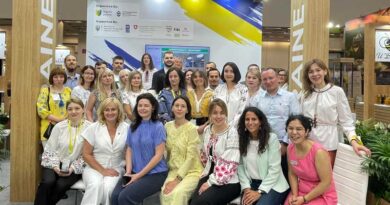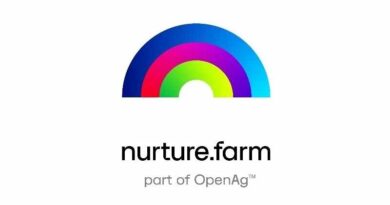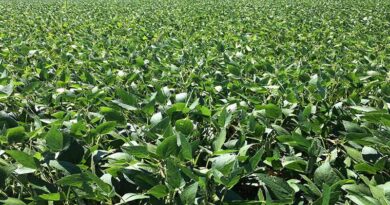5 main features of entry level IoT devices for precision agriculture and field monitoring
12 October 2021, US: When it comes to adoption of new technologies and utilizing advanced monitoring solutions, farming has come a long way in the last years. Real-time, actionable data and decision support based on the actual measurements from the field mean that field operations are easily optimized, reducing the unnecessary expenses, lowering the impact on the environment and producing higher quality yield.
Where to begin if you are ready to invest into precision farming equipment and solutions for field monitoring? We strongly believe entering into precision farming doesn’t have to be difficult nor expensive. Last week we explored the entry point to precision ag through a virtual weather station, iMETOS VWS. This week we are getting our hands dirty with entry level IoTs – our family of compact, cost effective and quick to install solutions which can be deployed anywhere where the need for IoTs arises.
MAIN FEATURES OF ENTRY LEVEL IoTs
1. Simple sensor set
‘More’ does not necessarily mean ‘better’ when it comes to the number of sensors attached to the IoT device. Start with the essential set and build it up according to your needs.
2. Low-power consumption
IoT devices with limited sensor set consume minimum amount of power. Some of our entry level IoTs use solar power to operate and some can autonomously run on a battery even up to two years.
3. Low-maintenance and durability
The main idea of remote field monitoring is to reduce the number of visits to the field as much as possible, by making the device as durable and as low maintenance as possible. In our case this means that the stations are built from the materials which can withstand the most challenging environmental conditions – even being buried in the ground, and do not need regular checks to remain operational.
4. Intuitive user interface
The final user mainly interacts with the data, not the device itself, so it is of great importance to keep the user interface as intuitive and user friendly. All data from iMETOS devices is accessible in real time through FieldClimate online platform and mobile app, which keeps it in hands reach of the farmer at all times.
5. Actionable data and services for the optimization of farm operations
It’s not just about the hardware and raw data, but also how they can be used to improve day to day work. Weather forecasting models can be corrected based on real environmental data, disease models can be calculated with the input of the measured parameters and farm operations like workforce allocation, spray and irrigation planning.
ENTRY LEVEL IoT STATIONS FOR FIELD MONITORING
MiniMETOS SOIL
MiniMETOS SOIL is a combination of most essential sensors for irrigation and stress management.
Sensors: soil temperature and volumetric water content.
The logger can be completely underground (invisible) and has 1-2 years battery life.
Perfect installation for golf courses, parks, home and garden, as well as in agriculture where vandalism and theft could be a problem.
LoRATH
LoRATH is a new generation of a battery powered IoT data logger that operates on LoRaWAN or NB-IoT network.
Sensors: air temperature, relative humidity and soil moisture.
Great for in-house and open field monitoring.
LoRAIN
LoRAIN is a new generation of solar powered weather stations that operates on LoRaWAN or NB-IoT network.
Sensors: rainfall, air temperature, relative, humidity and soil moisture.
Used for basic crop monitoring and disease modelling.
Time has never been more perfect to start thinking and investing into precision agriculture. With the season of restricted travel and lock-down related consequences behind us, we are looking into a new one, full of uncertainties.
We are confident our devices can make the burden the farmers bear a bit lighter.

